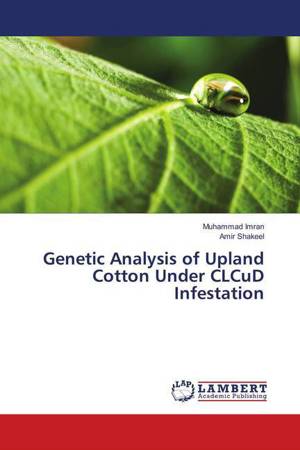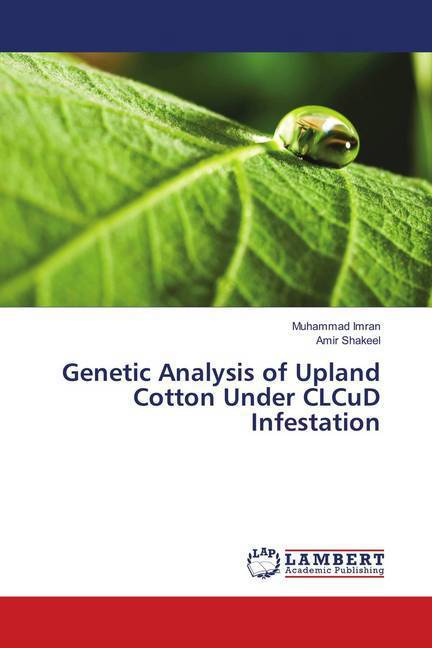
- Afhalen na 1 uur in een winkel met voorraad
- Gratis thuislevering in België vanaf € 30
- Ruim aanbod met 7 miljoen producten
- Afhalen na 1 uur in een winkel met voorraad
- Gratis thuislevering in België vanaf € 30
- Ruim aanbod met 7 miljoen producten
Genetic Analysis of Upland Cotton Under CLCuD Infestation
Muhammad Imran, Amir Shakeel
Paperback | Engels
€ 49,45
+ 98 punten
Omschrijving
Cotton is a major fiber and oil seed crop in many tropical areas of the world and a major cash crop of Pakistan. The cotton production had decreased consecutively for the last few years due to various types of biotic and abiotic stresses. Cotton leaf curling disease (CLCuD) is the major threat to cotton production and quality in many cotton producing countries including Pakistan. The only way to tackle this challenge is to develop new genotypes with resistant to CLCUD and enhance the yield potential of available genotypes. Breeding strategies for high potential varieties made on the basis of scientific and agronomic knowledge is good way to achieve this goal. Both quality and quantity of fiber are important targets to improve. Genetic analysis is one of the best tools to exploit the potential of species for application on commercial scale.
Specificaties
Betrokkenen
- Auteur(s):
- Uitgeverij:
Inhoud
- Aantal bladzijden:
- 88
- Taal:
- Engels
Eigenschappen
- Productcode (EAN):
- 9786139817160
- Uitvoering:
- Paperback
- Afmetingen:
- 150 mm x 220 mm

Alleen bij Standaard Boekhandel
+ 98 punten op je klantenkaart van Standaard Boekhandel
Beoordelingen
We publiceren alleen reviews die voldoen aan de voorwaarden voor reviews. Bekijk onze voorwaarden voor reviews.









